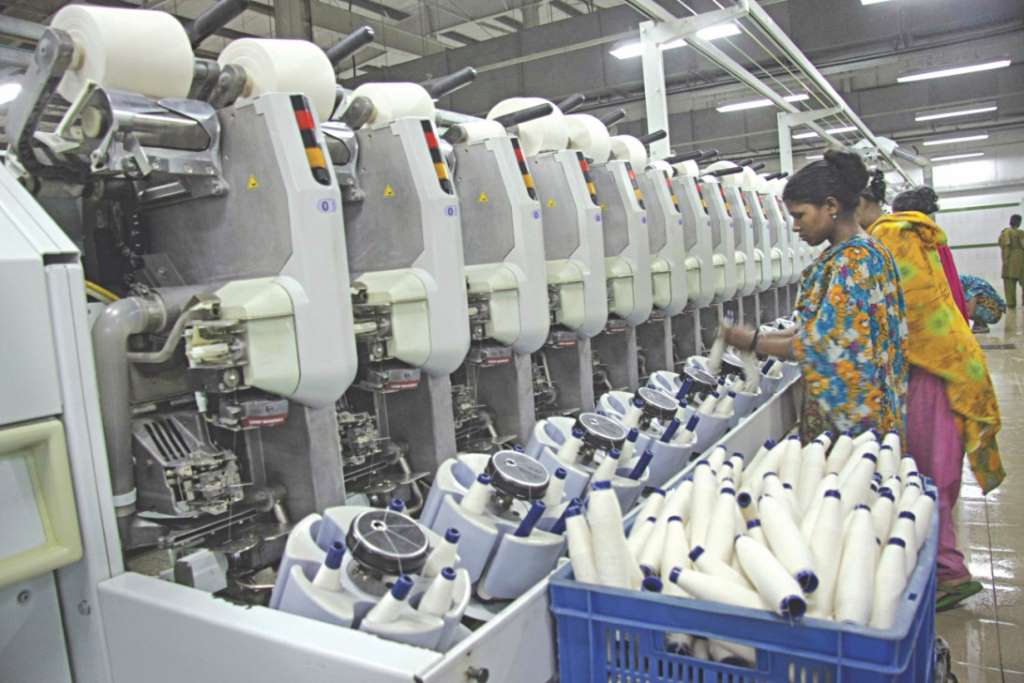High fiber prices weaken India's textile competitiveness.
The Indian textile industry, is facing a formidable challenge: the escalating cost of fibers. This price rise is casting a shadow over the industry's competitiveness on the global market, raising concerns among manufacturers and exporters.
The price pinch
Cotton: The price of cotton, a staple fiber for Indian textiles, has been on a roller coaster ride. As of date, cotton prices have increased almost 25 per cent compared to the same period last year. This price volatility is creating uncertainty for textile manufacturers, making it difficult to plan production and manage costs.
Man-made fibers: The price of man-made fibers, such as polyester has gone up almost 18 per cent and viscose has risen around 15 per cent. This is due in part to the rising cost of crude oil, a key raw material for these fibers. The increased cost of man-made fibers is further squeezing the margins of textile manufacturers.
Table: Fiber price rise in India
|
Fiber type |
Price change (year-on-year) |
|
Cotton |
+25% |
|
Polyester |
+18% |
|
Viscose |
+15% |
The high cost of fibers is making it difficult for Indian textile manufacturers to compete with their counterparts in other countries, particularly those in Southeast Asia, where labor and fiber costs are lower. This is leading to a decline in exports and a loss of market share for Indian textiles. Countries like Bangladesh and Vietnam, with access to cheaper fibers, are gaining ground in the global market. India's textile industry is losing its price competitiveness.

Textile industry associations lament, the high fiber prices are a major concern for them, as it's affecting their ability to compete in the global market, and have urged the government to take immediate action to address the issue. Experts point out, the rise in fiber prices is a complex issue with multiple factors leading to the rise. For example, global supply chain disruptions, weather-related crop damage, and speculative trading. The government needs to adopt a multi-pronged approach to tackle this challenge.
Therefore, to maintain competitiveness and ensure the livelihoods of millions who dependent on it, the government needs to work in tandem with the industry to address the root causes of the fiber price rise and implement measures to stabilize prices.
One way forward is by promoting domestic cotton production. Increasing the area under cotton cultivation and improving yield through better farming practices and technology adoption. Streamlining the import process and reducing tariffs on fibers, especially during periods of domestic shortage is also important. At the same time, curbing speculation and strengthening regulations to prevent excessive speculation in commodity markets another major step that needs to be taken. Also, promoting the use of alternative fibers and developing new technologies to improve efficiency and reduce costs is also a good way forward.
Indeed the high fiber prices are a formidable challenge, but with concerted effort and strategic interventions, India's textile industry can navigate these problems and emerge strong. The industry's resilience and adaptability, coupled with supportive government policies, can go a long way.
